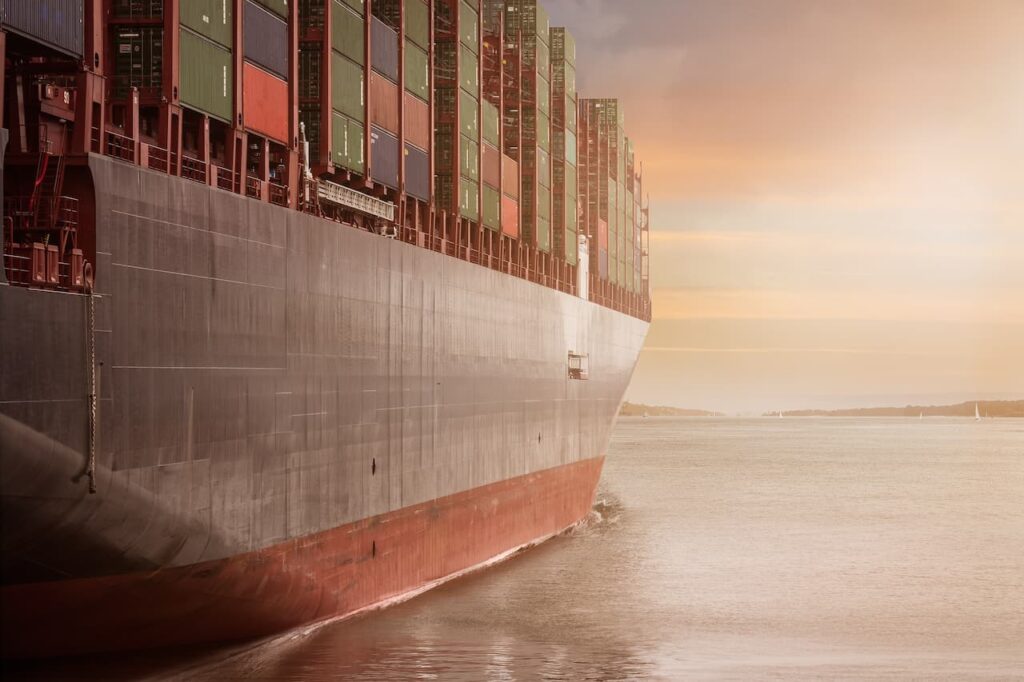1. Let’s define what logistics is in simple words
In the most universal format, logistics is the process of planning and organizing the flow of material values, services and information from the places of their origin to the places of their consumption in order to ensure the operation of the enterprise.
Such a comprehensive definition requires some clarification.
Modern logistics from the point of view of structure includes two large-scale processes:
- Formation of the parameters of business relationships with resource suppliers and management of the movement of resources in the process of creating products.
- Building a mechanism for the delivery of products created by your company to its consumers.
The logistics process is multifaceted.
In practice, it contains:
- contracts with suppliers;
- inventory management policy;
- organization of cargo transportation;
- interaction with customs authorities;
- analysis of market needs;
- features of concluding contracts with buyers and much more.
Individual stages of the logistics process can be optimized in different ways, according to the general logistics model adopted. Some functions are located on the “border” of logistics and marketing. However, their ultimate goal is the same – to improve business efficiency.
It was the complexity of the cargo transportation process itself that led to the fact that such activity was separated into a separate direction.
Therefore, in today’s world, companies very often resort to the services of logistics companies, and the training of logistics and supply chain management is a special field of knowledge.
Historically, logistics appeared early. Back in the period of an agrarian society, it was closely intertwined with international trade in luxury items (the logistical structure of caravans on the Great Silk Road or Phoenician trade flotillas was quite complex) and military craft (the first treatises on military logistics appeared before our era).
Everything changed with the entry of industry to a new level of modern economic relations and the role of logistics increased.
Now, every enterprise knows what logistics is.
Fact
General logistics costs are a large item in the cost structure of industrial products. Here, logistics precedes wage costs and is second only to material costs.

2. Features and key problems of logistics in
The state of logistics is far from ideal. Unfortunately, such a situation was observed in the past. The well-known saying that bad roads are one of the two main national problems was not born yesterday.
According to the results of the world rating of the efficiency of the logistics system, Russia is in 95th place in the world (out of 155 evaluated countries).
The share of transport costs in our country in the structure of GDP reaches 20%, which significantly exceeds the world average (in fairness, it should be noted: this is partly due to the fact that the Russian Federation is one of the largest suppliers of oil, as well as the significant size of our country).
Among the problems of logistics, it is worth highlighting:
- the underdevelopment of the logistics infrastructure, which, according to experts, limits the growth of the Russian economy to 3-4% per year (under other optimal conditions);
- high costs for warehouse services, storage, unloading and loading;
- instability of markets and low quality of sales plans;
- limited number of suppliers for a number of positions;
- opacity of a large list of expenses;
- low quality of contract execution;
- difficult climatic conditions in many regions;
- personnel shortage and unsuccessful models of logistics management.
An example from practice
Minor violations of supply contracts are almost impossible to challenge in court. In the conditions of the domestic legal system, the size of the amounts to be recovered does not justify the effort spent.
In case of problematic situations with natural monopolies (Russian Railways, electricity suppliers), lawsuits are absolutely hopeless.
In times of crisis, most logistics systems begin to contract. This may lead to the fact that a number of branches of the domestic economy will lose an acceptable level of profitability.
The reverse side of the situation opens up opportunities for logistics companies. With a competent organization of such a business, it is possible to penetrate into market niches with an extremely low level of competition.
3. Theoretical aspects of logistics: subject, goals, tasks and logistic models
The subject of logistics as a science is the state of resources in some system (both micro and macro level) and flow management.
The goal of logistics is to increase the economic efficiency of the system by optimizing the logistics process.
The main tasks solved by logistics:
- goods movement management,
- control over flows of material values, services and information by creating a developed system,
- analysis of demand for materials and goods, forecast of these indicators.
Logistics examines a number of objects :
- Logistics operation – an action to transform a material flow or a flow of services.
- A logistics system is a set of principles for planning and implementing the entire set of logistics operations. Modern logistics systems are adaptive and use feedback from their environment. There are logistics systems that function on the basis of direct connections (flows are directly extended from producers to consumers) and echeloned (multilevel systems that include at least one intermediary).
- Logistics function is a set of actions pursuing a common goal, corresponding to the stage of the logistics process. Logistics functions include: transportation, warehousing, procurement, stock formation.
- A material flow is a physical product undergoing a logistics procedure. The material flow is measured by quantitative indicators (volume, mass) presented in time.
- Logistics costs – costs for ensuring the logistics process. In accounting, they can be partially included in the cost of production, and partially be sales costs.
In practice, the construction of a logistics system involves finding a balance between the interests of production” and “liquidity optimization”.
The system of “work from wheels” (one of the extreme points of the dual model mentioned above) is good from the point of view of intensifying the use of working capital. In this case, there are no funds tied up in stocks of raw materials or finished products, and warehouse costs are minimized.
The downside is a high risk of production downtime or violation of the terms of contracts concluded with counterparties. The system becomes very fragile.
Fact
The industrial enterprises of the Russian Federation are forced to form reserves that exceed the similar indicator in the EU and the USA by 18%.
A comparison with Japan shows that the volume of reserves in this country is 64% lower than in Russia. The reason for this situation is the low quality of the domestic logistics system.

